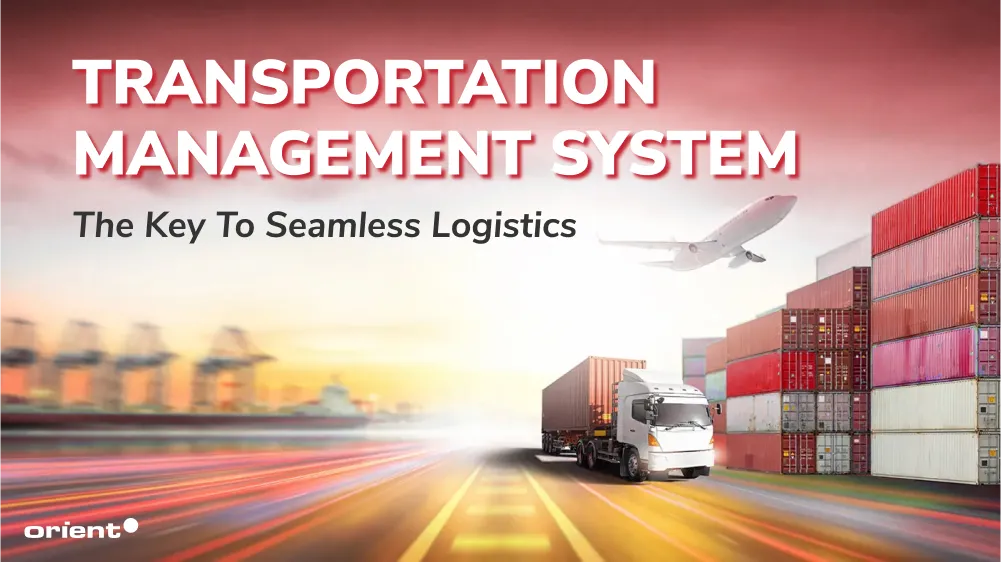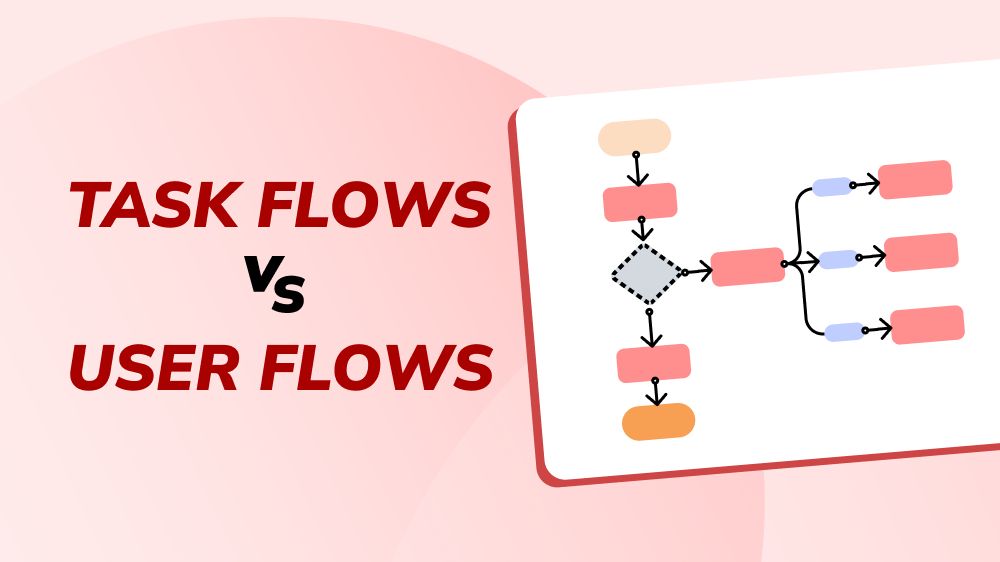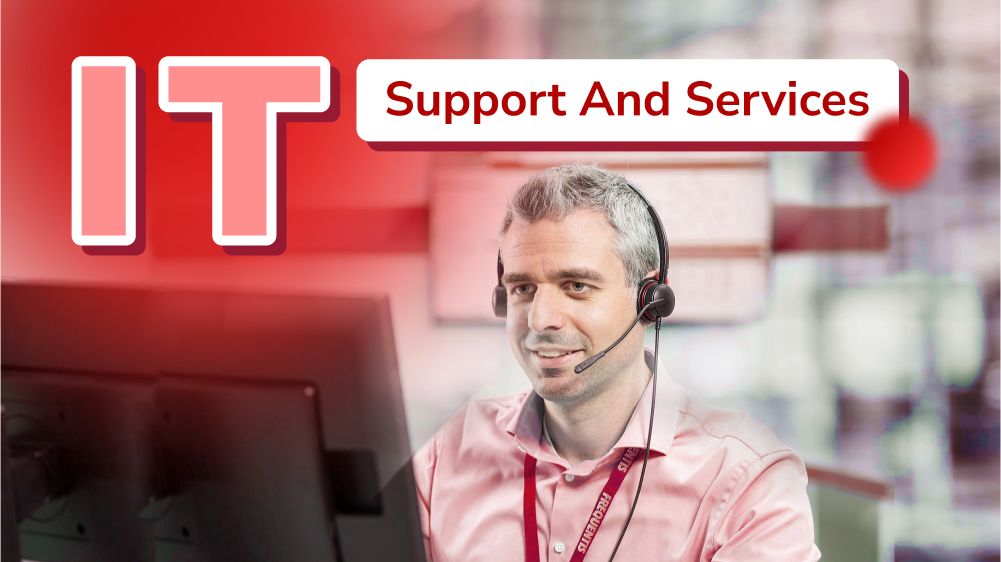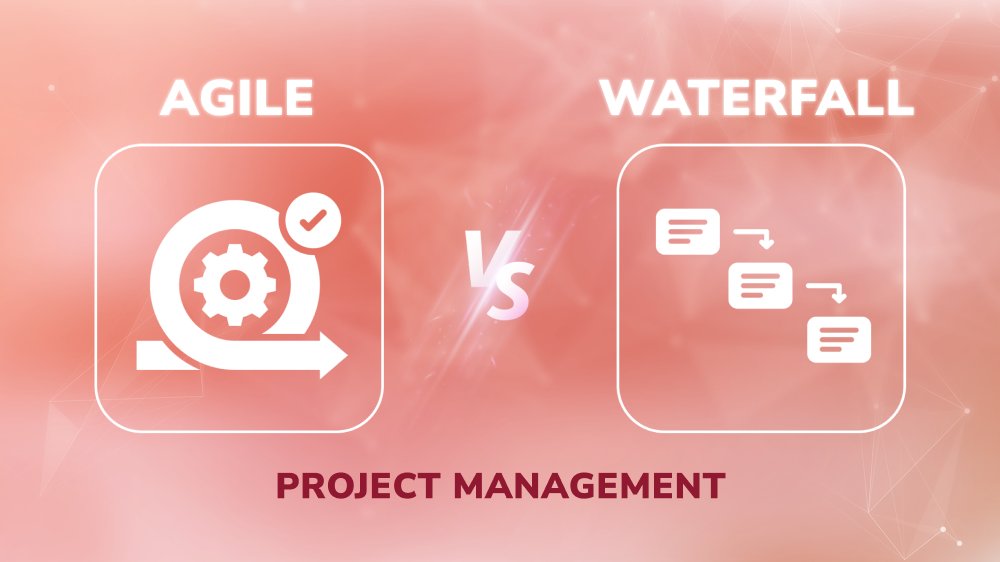Transportation Management System: The Key to Seamless Logistics

Content Map
More chaptersLogistics, the lifeline of global commerce, serves as an imminent enabler for the interconnected logistics industry, estimated to grow from more than $8.4 trillion in 2021 and grow at over 6% CAGR until it eclipses a giant beyond $13.7 trillion by 2027. This highlights the importance of logistics in a world where efficient transport and punctual delivery are essential.
This is where the Transportation Management System (TMS) comes into play—a hero from head to tail in the field of logistics. Based on this evolution, transportation management systems have reached a level of sophistication where they are able to completely streamline every aspect of transportation, from planning and execution all the way up to optimization and reporting. The world`s logistics market as a whole accounted for $9 trillion in 2020, which is approximately equal to 10.7% of the global GDP, and this forces us to look towards managing solutions more now than ever before.
Here, we will delve into the power of TMSs, as well as explore how they can revolutionize your logistics operations, enhance efficiency, and drive down costs.
What Is a Transportation Management System?

A Transportation Management System (TMS) is a complex and professional field of management information systems used for managing the issues related to transportation and logistics in an organization. The pure definition of a TMS is the functioning of the nervous system of supply chain planning, where goods have to go from point A to B. But what does this, in fact, mean? Algorithms are now well-developed and expressible; let us take a look at the general functionalities and the forms they come in.
Core Functionalities of a TMS
As a solution, a transportation management software system provides a set of tools that address all the issues that deal with transportation management. It has one of its principal aims: freight booking, through which a company can organize a contract with different carriers to make the shipment. This is very much related to carrier management, in which the system facilitates the process of choosing the right carrier that meets cost, reliability, and service standards.
Another core function that deserves consideration is that of shipment tracking. This functionality gives businesses visibility of shipment location and status on the go and in real-time, allowing them to track their status and deal with or oversee possible problems. Load planning is also an important factor, with an endeavor to pack and load the goods in ways that would prove most efficient for the least amount of money spent.
Also, a transportation management solution ties in with other systems, including warehouse management system (WMS) and enterprise resource planning (ERP) programs, which form a very satisfying network that facilitates the general functioning of business operations. This integration helps in the effective transfer of data to various platforms to give more information about the supply chain.
Different Types of TMS
There are different types of transportation management solutions that exist, all of which are meant for differing purposes. Most TMS solutions are cloud-based since they are more flexible, easily scalable, and known to be cheaper than their on-premise counterparts. These are cloud-based systems that are run on servers that are inaccessible to the user and are accessed through the Internet, making them suitable for organizations that wish to simultaneously avoid the difficulties of in-house infrastructure.
In contrast, on-premise TMS systems are hosted on the firm’s physical servers within its internal network environment. These systems provide more control as well as flexibility, but at the cost of high investments in hardware and IT resources. These are usually most preferable in large enterprises, which always have special security or compliance needs.
There are also specific TMS solutions that are intended for the adoption by a certain industry, for instance, the retail or manufacturing industries or even logistics service providers. As expected, these systems include industry-centered features and functionalities that address industry-specific issues and needs.
SAP Transportation Management and Oracle Transportation Management are two of the leaders in TMS solutions that provide a wide range of tools to increase the level of transportation optimization. These platforms are considered rather powerful and effective for working in combination with other business applications, which makes them ideal for companies that plan to improve their logistics to the utmost level.
How a TMS Improves Logistics Operations

The most obvious benefit brought by a TMS is enhanced transportation processes and organization. Some of the tasks that these systems are capable of include the booking of freights right from the loading points to the delivery points, vehicle dispatching or assigning, and routing, thus reducing the chances of having to involve human beings and reducing errors. The logistics of transportation operations could be ramped up due to the consolidation of information and the use of technological solutions by means of a TMS.
Supply chain management is another field that is well supported by a TMS, since improving this aspect can be another goal of the system. These systems offer tracking and monitoring functionality, thus enabling the logistic professionals to have a full view of their shipment at any given time. This increases its visibility to help prevent interruptions and delays, which allows organizations to effectively meet or exceed customer expectations.
In addition, a well-implemented TMS can be a powerful tool to manage and reduce overall freight expenses. Implementing these systems yields significant cost savings for the organization through comprehensively analyzing the cost of transportation modes, routes, and carrier partnerships with the use of sophisticated analytics and machine learning algorithms. Moreover, improved efficiency in automating freight billing and payment also has a positive financial impact by ensuring better cash flow.
Another advantage of TMS is carrier relationship enhancement. Such systems help to streamline interactions with carriers, improve communication, and strengthen partnerships due to better organization of carrier relationships and contract management. This can result in better rates, higher service quality, and enhanced long-term relationships with third-party logistics providers, contributing significantly to the effectiveness and profitability of the transport network.
Key Features of TMS Development

As the heartbeat of modern logistics operations, TMS offers a comprehensive set of features that are designed to streamline transportation processes and drive strategic decision-making.
Proof of Delivery (POD)
Getting proper proof of delivery (POD) is one of the most strategic components of transportation management systems that guarantee the desired delivery outcomes. Thus, the POD contains the signature of the recipient, the date and time of delivery, and the state of the goods at the moment of delivery. Apart from ensuring legal evidence that delivery was made, this feature is also important as it increases customer satisfaction by allowing them to get an account of the delivery made.
The modern version of POD that widely exists in the networked electronic environment is the electronic POD, abbreviated as ePOD, where paperwork is minimized and real-time information updating is possible. This improves the efficiency of deliveries and avoids disputes between customers, transporters, and the last segment, as everyone has access to records of deliveries.
Real-time Tracking and Visibility
Another crucial characteristic is real-time tracking and visibility—important elements of the more recent TMS—that give all stakeholders real-time information about the whereabouts of shipments. This capability is achieved through the combination of GPS technology with IoT devices and effective software analytics.
Real-time tracking ensures that the company can keep track of its fleet’s activities and manage routes and changes in real-time. More control over the supply chain operations assists in increasing efficiency, decreasing expenses, and making delivery on time possible. Such a feature is also useful for clients since they are given the opportunity to track their orders in the process; thus, it generates more trust and, ultimately, satisfaction. Real-time data can also be analyzed, and the results can be used in reports that help drive strategic planning and constant optimization.
Load Optimization and Planning
Load optimization and planning are core aspects of TMS, which act as great tools to improve the efficiency of operations in the logistics chain at reasonable costs. This feature is the proper positioning of goods that need to be transported within a vehicle in a way that will optimize space usage and so reduce transport costs.
There are complex computations involving sophisticated mathematical models as well as other kinds of software used to analyze some aspects of computations of shipment size or weight, frequency of shipment, vehicle capacity, time of delivery, etc. The conclusion from optimizing loads is a decreased number of trips, less fuel used, and more effectively managed total transportation costs.
Also, loads are well planned to enable easy handling of the consignment without getting damaged in the process of transit. It also enhances the efficiency and effectiveness of operations and supports the broader objectives of sustainability by lowering emission rates from transport-related activities. In addition, the implementation of load optimization can also make it easier to adhere to various rules regarding permissible load weight as well as the design standards of the vehicles in a fleet.
Carrier Selection and Performance Management
A valid and useful feature of a TMS is the identification of the carriers to use for given transport needs and the proper evaluation of their performance. Carrier selection is the process of evaluating different carriers based on various attributes, including cost, reliability, services, and capacity. Most TMS platforms contain carrier databases and various carrier performance standards that help logistics managers in their decision-making processes.
Upon choice of carriers, performance management tools in the TMS monitor other relevant performance parameters such as delivery punctuality rates, time taken in transit, and service quality. This results in continuous evaluation of service delivery, thereby highlighting any areas of concern and prompt resolution. Further, the information on carriers’ performance allows for managing the relations between shipping lines and the company more effectively and improving the rates and conditions for further contracts. Through these features, companies can strengthen their supply chain, gain customer satisfaction, and optimize the processes in their organizations.
Conclusion
TMS integration is an essential strategy that has the potential to have a close effect on a company’s profit margin. A TMS helps to improve efficiency, control visibility, and optimize costs, which makes organizations successful in the contemporary business environment.
By choosing to work with Orient Software, you will be ready to employ all of the benefits that a TMS may offer to your logistics activities. As a team of specialists in custom software development, we can solve your specific needs and develop the necessary TMS. Credentialed staff members at Orient Software will be more than glad to help you achieve a custom result with TMS with the aim of increasing your efficiency and customer satisfaction, as well as guaranteeing that it is cost-effective.
Do not have complex logistics limiting your expansion. Get in touch with Orient Software today to find out how our TMS solutions can revolutionize your organization.







